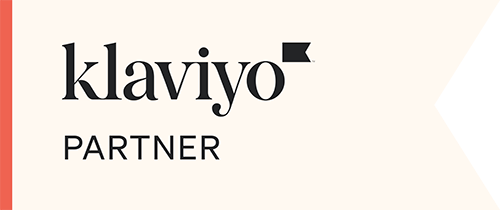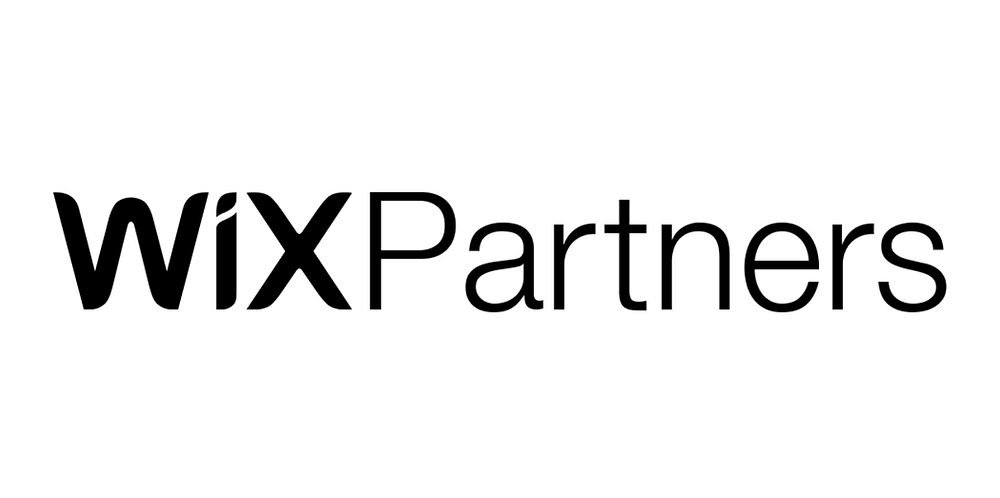With online advertising becoming increasingly competitive, marketers are continuously looking to get the most from their campaigns. This is best done with Value Based Bidding, or VBB. This approach targets maximizing the use of your money to get the most return on investment (ROI) from it.
But first, we will dive into what value based bidding is, how it works, the different types, and what benefits it can bring your business.
What is Value Based Bidding?
Value-based bidding in Google Ads is when an advertiser bids not on clicks or impressions, but on their predicted value of a conversion. This enables companies to invest their advertising budgets in the campaigns and audiences that provide the highest-value results.
While most bidding strategies focus on cost-per-click (CPC), or cost-per-thousand-impressions (CPM), value based bidding uses conversion and value as primary metrics.
Key Features of Value Based Bidding:
- Efficient Budget Utilization: Prioritizes high-quality, valuable conversions.
- Focus on Conversion: Focuses on anything that leads to tangible business results.
- Versatile: Can be applied in multiple industries and businesses.
How it Works in Value Based Bidding
At its core, value based bidding uses machine learning and data analysis to assign a value to each potential conversion. Here’s how the process works:
1. Setting Conversion Values:
For example; advertisers give monetary value to various conversions (like ₹5,000 for a purchase completed or ₹500 a lead).
The data will be used as a basis for optimization.
2. Conversion Tags: Tracking Data
The conversion tags are configured on the site (such as a purchase, sending a form, or downloading an application).
These tags essentially contribute immediate data to the ad platform.
3. Algorithmic Bidding:
Algorithms on Google Ads or others analyze historical data alongside user behavior.
The system uses this analysis to maximize the high-value conversions by adjusting the bids.
4. Continuous Optimization:
It continuously trains on current campaigns, making its predictions to predict which conversions will take place in the future.
Example:
For example, if a ₹10,000 sale is generally executed from a user residing in a metro city within the age group of 25–34, then the algorithm will target this group of users more and will have a higher bid price to target them.
Value-Bid Based Bidding Strategies
Depending on your business objectives, value based bidding can be set up in multiple ways. Here are the most frequently used strategies:
1. Calculate Target ROAS (Return on Ad Spend)
- The advertiser specifies an amount of ROAS they want to attain (e.g. 500%)
- Bidding to a target likely conversion value that the given system could use to optimize bids above the costs.
- Best fit for businesses that are looking to maximize revenue but maintain profitability.
2. Maximise Conversion Value
- Firstly, this tactic is to maximise the total value of conversions that have been completed within the assigned budget.
- Perfect for business with different conversion values, such as e-commerce platforms.
3. Enhanced CPC (Cost-Per-Click)
- Sets manual bids to be updated automatically to get a higher-value Lead.
- Allows for a combination of manual control and algorithmic flexibility
4. Smart Bidding with Custom Conversions
- Enables Advertisers To Create Their Own Conversion Rules (For Example You Can Value A Repeat Customer Higher Than A New One).
- Best for businesses with intricate sales funnels
What Does VBB Do?
Value based bidding allows the businesses to:
1. Increase ROI
Advertisers take advantage of better return on their ad spend by conversion optimised to higher value conversion.
For Example, An ad that leads to 10 high-value conversions is better performing than an ad that leads to 100 low-value leads.
2. Improve Campaign Efficiency
Bids are automatically adjusted so you dont need to do it manually
Guarantees that budgets are allocated to the highest-ROI audiences
3. Align Marketing with Business Goals
Assists advertisers in aligning ad strategies with business priorities, like increasing sales or enhancing the lifetime customer value.
4. Adapt to Audience Behavior
Dynamic bids for user intent, device, time of day and many more, powered with machine learning
Benefits of Value Based Bidding
Take your advertising campaigns to the next level with a value based bidding strategy:
- Target Showing: Shows ads to the users who have a higher probability of settling on adding much value.
- Make Better Use of the Budget: Prevents wastage by removing the low-performing ads.
- Scalable: Works well with both small businesses and big corporations.
- Learning from Data: Provides insights to carry forward for all the upcoming campaigns
How to Get Started with Value Based Bidding
1. Know Your Business Objectives
Identify if you are looking for sales, leads, or customers first.
2. Provide Proper Conversion Values
Estimate realistic values for different actions based on historical data or industry benchmarks.
3. Implement Conversion Tracking
Use Google Ads Conversion Tracking or Google Analytics to track performance
4. Choose the Right Strategy
Depending on your own objectives choose the bidding strategy, for example, Target ROAS or Maximise Conversion Value.
5. Monitor and Optimize
Make sure to check the performance of your campaigns to ensure that your bidding strategy are achieving desired results
Also Read: The Pros and Cons of Automated Bidding in PPC
Conclusion
Key Takeaway: Value based bidding is a completely new way to maximize the business impact of your ad campaigns. Focusing on high-value conversions and utilizing machine learning makes every rupee spent on ads, gives back ample rupees in return to achieve your business goals.
From eCommerce stores, service providers to B2B companies, value based bidding empowers you to stay on top on the digital battleground.







